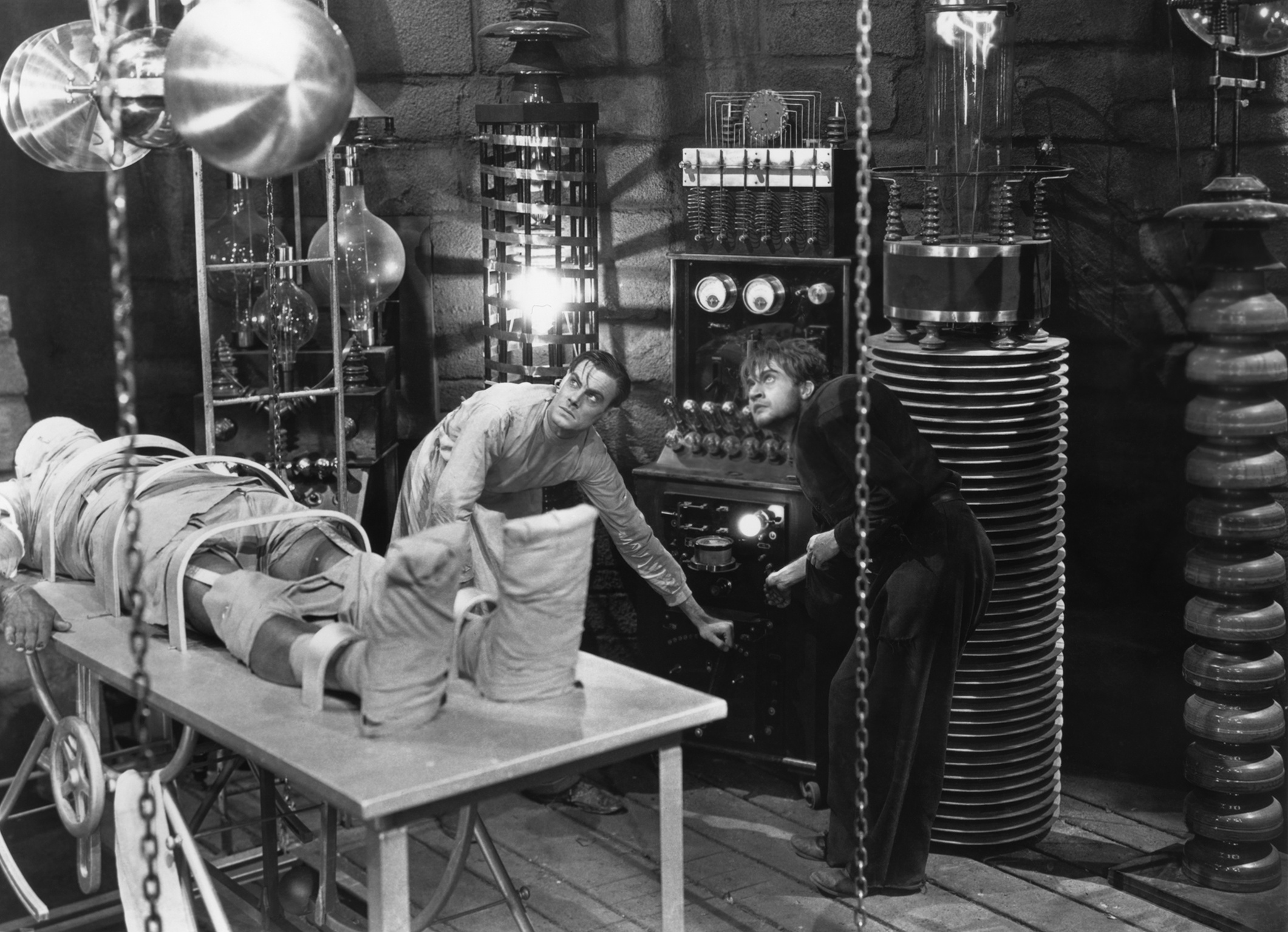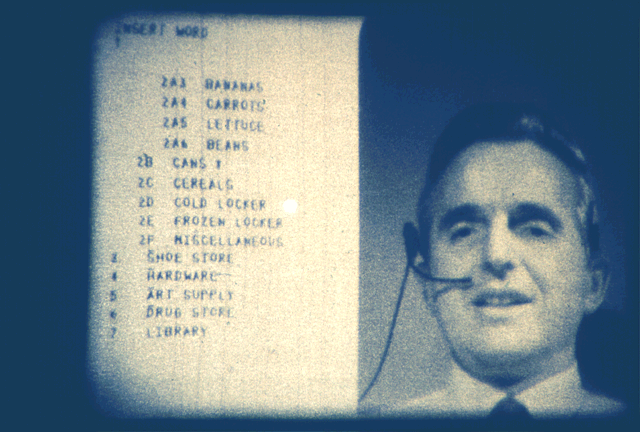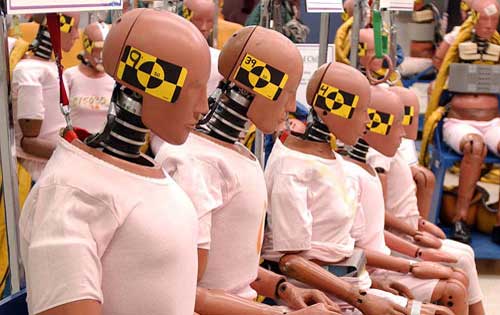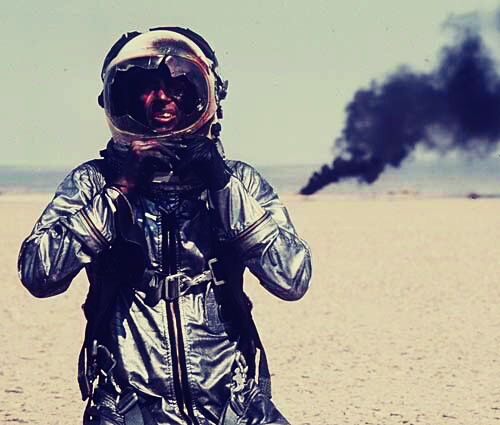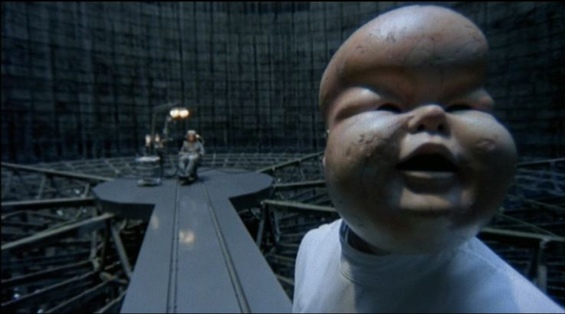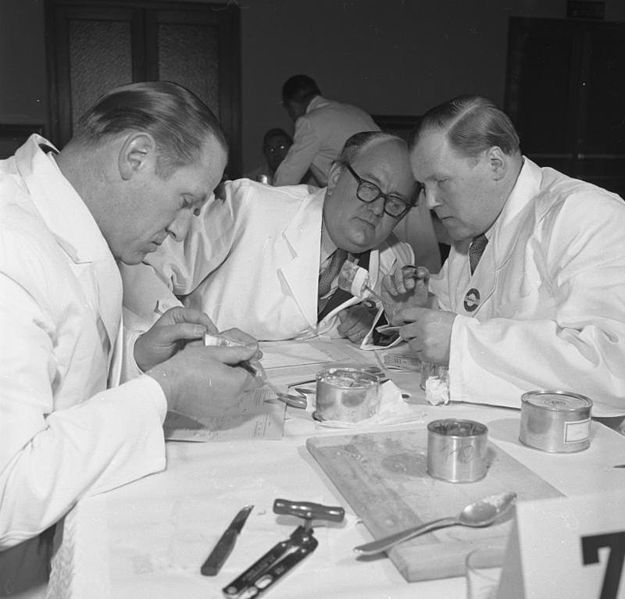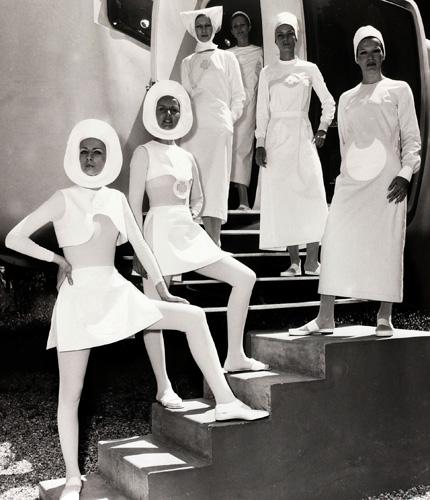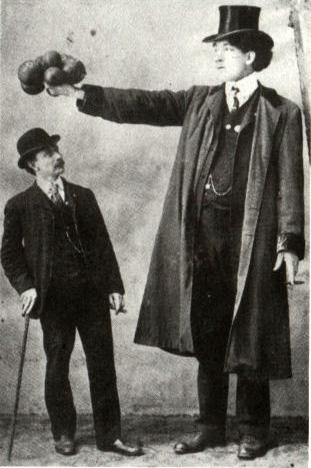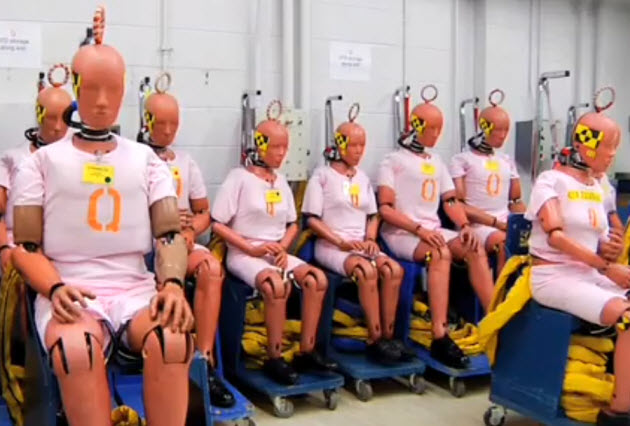When I mentioned bio-hacking in the Stewart Brand post, it made me think of a very early article on the topic, Michael Schrage’s 1988 Washington Post piece “Playing God in Your Basement.” At the time, many experts thought that the genome might move rapidly into the mainstream in the way of the personal computer, which took about three decades to go from Homebrew Club to free wi-fi at Starbucks. But biopunk has remained a subculture rather than morphing into culture. So far, at least. An excerpt from Schrage’s writing:
“Personal computing began as a ‘homebrew’ hobby phenomenon with aspiring computerniks wiring up chips, toggle-switches and teletypes to produce desktop machines. Skeptics sneered that personal computers were a solution in search of a problem.
Now, several million unit sales later, the typewriter has become the do-do bird of word-processing, pimply-faced hackers can break into corporate data networks and yesterday’s cutting-edge computer is today’s paperweight.
‘The parallels to the microprocessor industry are there,’ says Lynn Klotz, formerly on the faculty of Biochemistry and Molecular Biology at Harvard and a director of BioTechnica International, a Cambridge, Mass., recombinant DNA firm. ‘Both are characterized by general ease and use of declining costs.’
‘As a body, the biotechnology industry is not unlike where the computer industry was in 1975,’ says sociologist Everett Rogers, a University of Southern California professor who has conducted extensive research into the diffusion of innovation. ‘There’s a lot of uncertainty, a lot of rapid innovation and no single main consumer product.’
Rogers points out that hackers–a technology subculture he studied while at Stanford–were attracted to computers as a medium ‘where they could express themselves in an artistic way.’ A number of computer hackers did indeed win science fairs either with hardware or software they created. With the insistent diffusion of biotechnology, Rogers believes, a technology subculture could grow around DNA just as one did for silicon and software.
He wryly notes that when the news media discovered computer hackers, ‘people went into a state of alarm. There were movies about hackers. Perhaps in a few years there will be movies about (bio-hackers) creating Frankensteinian monsters.'”

